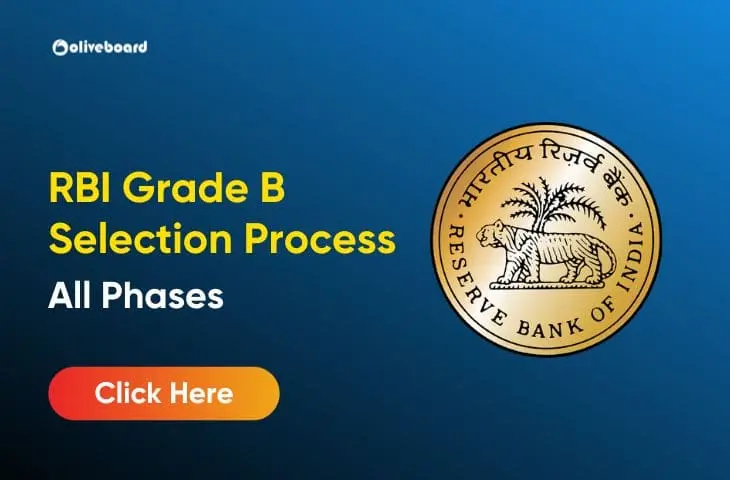RBI Digital Payment Regulations: Digital payments in India have witnessed a remarkable transformation over the last decade, largely due to the RBI Digital Payment Regulations. These regulations ensure that payment systems are secure, efficient, and accessible to all. This article explores how RBI’s regulations shaped India’s digital payment ecosystem, with a special focus on UPI.
Overview of RBI Digital Payment Regulations in India
The RBI Digital Payment Regulations, introduced under the Payment and Settlement Systems Act, 2007, provide a legal framework to regulate and oversee India’s payment ecosystem.
Key Objectives
- Ensure safety and efficiency of digital transactions
- Promote financial inclusion across urban and rural areas
- Support innovation while protecting consumers
Major Digital Payment Initiatives by RBI
| Year | Initiative | Purpose |
| 2007 | Payment & Settlement Systems Act | Legal framework for payment systems |
| 2010 | NEFT & RTGS Expansion | Faster online transfers |
| 2016 | UPI Launch | Instant mobile-based payments |
| 2019 | Tokenisation Rules | Enhanced card security |
| 2023 | UPI Credit Line, Tap & Pay | Expanding UPI features |
How RBI Digital Payment Regulations Transformed UPI?
When UPI launched in 2016 under RBI’s supervision via NPCI, it completely changed India’s payment ecosystem. RBI Digital Payment Regulations ensured:
- Interoperability: You can send or receive money between any bank or payment app without restrictions.
- Security Standards: Every transaction requires extra verification (like OTP) and is checked for fraud.
- Cost Regulation: No extra charges are applied on UPI payments, encouraging more people to use it.
Impact on Financial Inclusion
- Brought digital banking to rural areas
- Enabled small businesses to accept digital payments easily
- Reduced dependency on cash
Result: Over 14 billion UPI transactions per month in 2024, making it India’s most preferred payment mode.
UPI’s Role in Financial Inclusion
- Accessible Apps: BHIM, Google Pay, PhonePe available in multiple Indian languages
- Rural Reach: QR codes and Aadhaar-linked accounts empower small businesses
- Government Push: Direct Benefit Transfers (DBTs) via UPI (Unified Payments Interface)
Key Guidelines under RBI Digital Payment Regulations?
RBI has issued comprehensive rules to ensure stability, security, and transparency in payments
| Guideline | Description |
| Payment and Settlement Systems Act, 2007 | Legal framework for digital payments |
| Licensing for PSOs | Only RBI-approved entities can operate |
| Data Localization | All payment data must be stored in India |
| KYC Norms | Mandatory for wallets and apps |
Payment Vision 2025:
- Goal: “E-Payments for Everyone, Everywhere, Every Time”
- Focus: Security, global integration, customer experience
Impact of RBI Digital Payment Regulations on Financial Inclusion
RBI Digital Payment Regulations have transformed India’s financial ecosystem:
- Rural Empowerment: Digital banking access in villages via UPI and Aadhaar
- Cost Efficiency: Reduced cash handling costs for businesses and government
- MSME Growth: Easier access to payments and credit boosts entrepreneurship
Recent Updates in RBI Digital Payment Regulations and UPI
RBI is continuously adapting to new technology:
- UPI Lite & Tap & Pay – For faster low-value transactions
- Credit on UPI – Allows linking credit lines to UPI accounts
- Cross-Border UPI Links – Partnerships with Singapore, UAE, France
- Digital Rupee (CBDC) Pilot – Testing India’s Central Bank Digital Currency
Cross-Border Integration
India’s participation in Project Nexus aims to connect UPI with other nations’ payment networks, simplifying international trade and remittances.
Future of RBI Digital Payment Regulations
- Global UPI Adoption
- Full-Scale Digital Rupee Rollout
- Enhanced Cybersecurity Protocols
- AI-Based Fraud Prevention
FAQs
RBI Digital Payment Regulations are rules set by the Reserve Bank of India to ensure that digital payment systems like UPI, NEFT, RTGS, and wallets are secure, transparent, and accessible to everyone.
RBI introduced these regulations to protect consumers, promote financial inclusion, encourage innovation, and ensure the safety of India’s growing digital payment ecosystem.
RBI regulations made UPI interoperable, secure, and free of additional charges, which boosted its adoption across India.
It is a law that provides the legal framework for regulating and overseeing all payment systems in India, including digital transactions.
Payment Vision 2025 is RBI’s roadmap to make digital payments more secure, globally integrated, and user-friendly under the goal “E-Payments for Everyone, Everywhere, Every Time.”
- NABARD Grade A Selection Process 2025, Check Phase 1,2 & Interview

- SEBI Grade A Selection Process 2025, Exam Structure for Phase 1 & 2

- PFRDA Grade A Eligibility 2026, Age Limit, Educational Qualification

- PFRDA Grade A Exam Date 2026, Prelims and Mains Exam Schedule

- PFRDA Grade A Recruitment Notice 2026, Download Notification PDF

- RBI Grade B Selection Process 2025, Know About Phase 1, 2 & Interview


Priti Palit, is an accomplished edtech writer with 4+ years of experience in Regulatory Exams and other multiple government exams. With a passion for education and a keen eye for detail, she has contributed significantly to the field of online learning. Priti’s expertise and dedication continue to empower aspiring individuals in their pursuit of success in government examinations.
